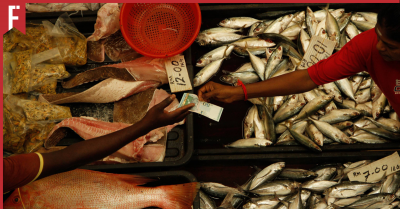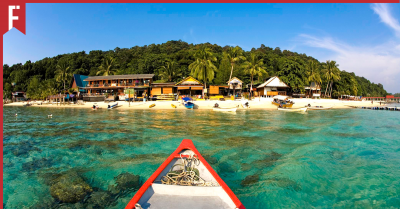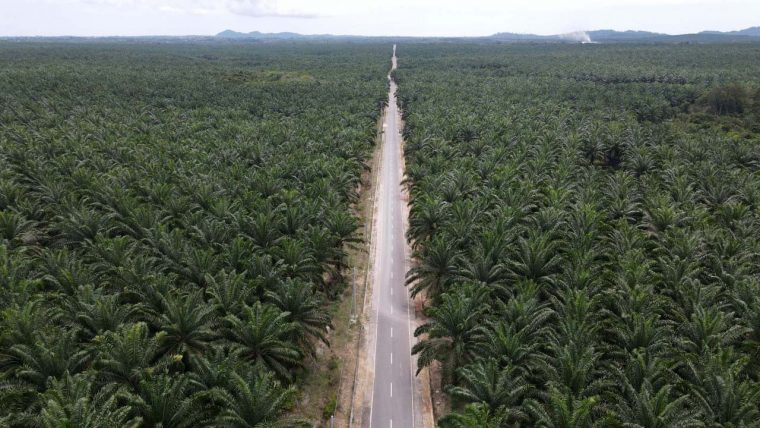
When I was a kid, I only knew about two kinds of oil: cooking oil for the kitchen and petrol oil for the car.
Nowadays, whenever I go to the supermarket, there are entire shelves filled with all sorts of oils. There’s olive oil, sunflower oil, grape oil, coconut oil… and, of course, palm oil.
If you’ve ever travelled across Malaysia, odds are that at some point you’ve driven past endless miles of palm oil plantations, all neat and tidy in their little rows stretching into the distance.
At first glance, it may seem to be nothing more than a pretty background. But the truth is that these plantations are the battleground for some of the most controversial environmental debates in the last few years.
Palm Oil 101
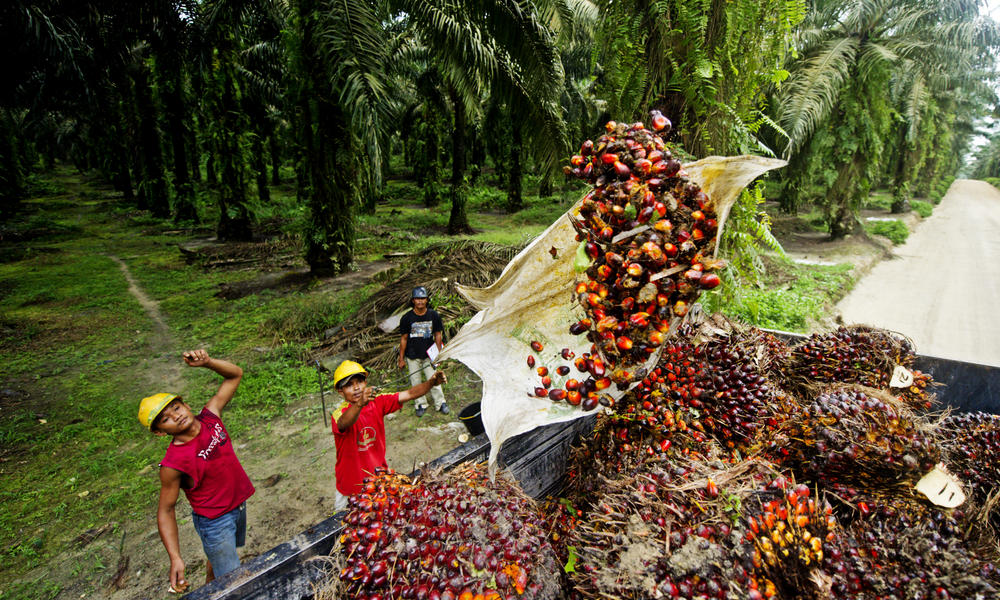
Palm oil is an edible vegetable oil that comes from the fruit of the African oil palm. This tree originally came from Africa, but back in the late 19th and early 20th centuries, the British began importing seedlings to Southeast Asia.
As our country’s tropical climate is similar to their native lands, the palm trees were easily grown here. Though they were originally nothing more than an ornamental tree crop, over the years palm oil has gradually replaced rubber as our country’s biggest cash crop.
Today, Malaysia is one of the biggest producers of palm oil and palm oil products in the world. According to the Malaysian Palm Oil Council (MPOC), 28% of the world’s palm oil production happens right here in Malaysia.
4.49 million hectares of land in Malaysia is used for palm oil cultivation, producing a staggering 17.73 million tonnes of palm oil annually. It’s a billion dollar industry, one that provides livelihood to an estimated one million people all across the country.
So What Do We Use All This Oil For?
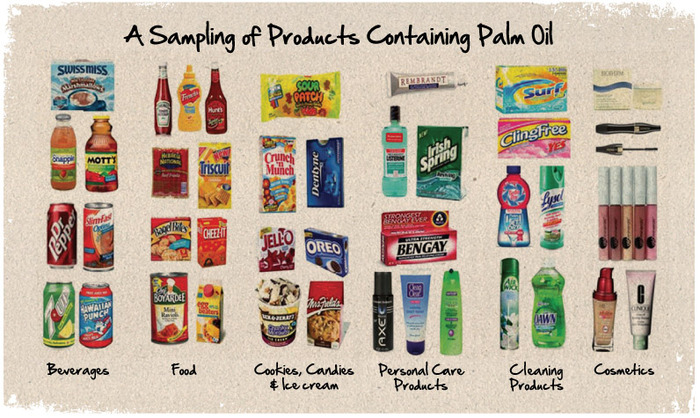
The question is, what don’t we use it for?
Dr. Emma Keller of the World Wide Fund for Nature (WWF) put it best: “Palm oil is in close to half of the products we buy in the supermarket — in everything from shampoos and soaps to pizzas and biscuits. It’s everywhere.”
Palm oil’s versatility is due to its unique properties:
-
It’s edible, which means that it can be safely added to consumable products.
-
It’s semi-solid at room temperature, meaning that it can be used to keep things spreadable.
-
It is resistant to oxidation, which can give products a longer shelf life.
-
It’s stable at higher temperatures, giving fried products a crispier and crunchier texture.
-
It’s odourless and colourless, ensuring that it won’t affect the taste or smell of food products.
-
It’s rich in Vitamin E, which has been shown to reduce the risk of stroke and has potential anti-cancer properties.
Aside from that, palm oil is also known as a “super efficient” crop.
“This means that we can produce a lot more palm oil per area of land compared to other oil crops like soybean oil or coconut oil,” explained Dr. Keller.
With so many benefits, it’s no wonder that palm oil became known as a miracle crop!
However, despite these benefits, over the past few years, international environmentalists have grown increasingly critical of palm oil and its products — and for good reason.
The Problems with Palm Oil
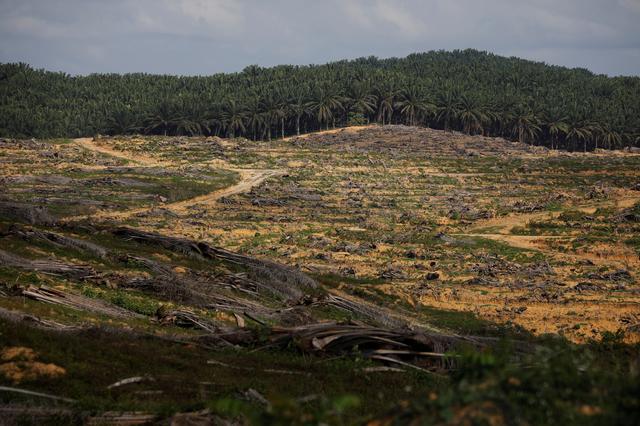
On the surface, palm oil seems to be completely safe for the environment. After all, isn’t it better for us to get our oil from plants rather than drilling deep into the earth or setting up oil platforms over the ocean? What makes palm oil such a controversial product?
In one word: deforestation.
Over the years, thousands of acres of forests are burned down to clear the land for palm oil cultivation, a process that causes severe air pollution and contributes to the haze problem that plagues our country regularly.
Palm oil production is believed to have been responsible for roughly 8% of the world’s total deforestation between the years 1990 and 2008. It has caused the loss of habitats for many endangered species such as the orangutan, the pygmy elephant and the Sumatran rhino.
Even though palm oil plantations may look green on the surface, building a plantation requires cutting down the natural rainforest and replacing it all with a single type of tree.
This reduces environmental biodiversity, causing problems for the local ecosystem — even if the animals aren’t killed directly, how many of them can actually live in the area if they can’t find any edible fruits or plants?
Survival in a Palm Oil Plantation
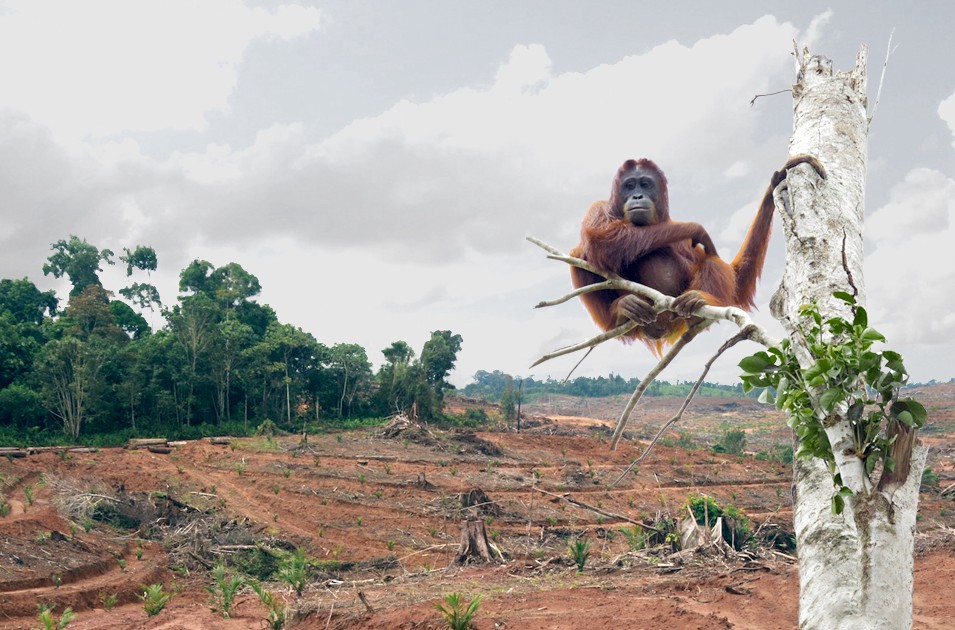
“What we can see… is that there’s always fewer species in palm oil plantations compared to forests,” Dr. Eleanor Slade of the Nanyang Technological University of Singapore during the recent Science@Safe Conference 2020.
“Every animal group we’ve looked at has suffered to some degree within the palm oil plantations. However, some species do quite well within palm oil plantations.”
One of the examples she gave was for species that tend to be “generalists, predators or scavengers” such as the Malay civet, a cat-like animal which have mostly stable populations even in areas which have been converted to palm oil plantations.
Other native species, like the bearded pigs, had to change their behaviour in order to survive in a plantation setting.
“In the primary forest, they tend to be active during the daytime and rest during the night.” Dr. Slade explained. “However, the pigs living in palm oil plantations are not very active in the middle of the day when all the workers are around but instead become more active during the night-time when all the humans are gone.”
Sadly the success of these particular species in a plantation environment has been the exception rather than the norm. As Dr. Slade put it: “For the other 50 or so species of mammals our researchers have looked at, the story isn’t so good.”
The SAFE Project
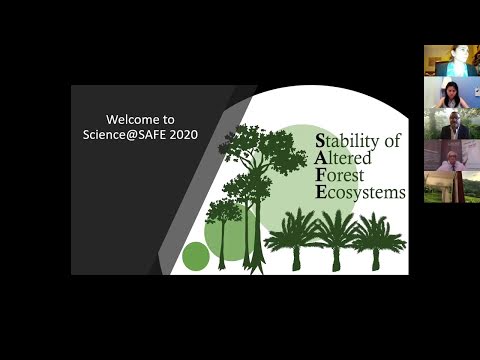
The Stability of Altered Forest Environment (SAFE) Project was founded to tackle some of the issues linked to the palm oil industry.
A collaborative experiment set up by Imperial College London and the South East Asia Rainforest Research Partnership (SEARRP), SAFE is one of the largest ecological experiments of its kind in the world.
Since its beginnings in 2011, a lot of work has been done in the human-modified landscapes of Sabah. Their work has been critical for understanding how we can grow palm oil in a sustainable manner that is more friendly for our environment’s natural biodiversity.
“From 2016 to 2017 we had a series of meetings with various stakeholders and government groups… we decided to work with these government agencies to actually co-develop and write for not just scientific papers but also policy documents,” said Dr. Slade.
“What we also did in those first few years was work together in translating our science into accessible policy briefs and helping to feed this into easy-to-digest guidelines that could be given to palm oil managers and government agencies.”
A SAFE Solution?
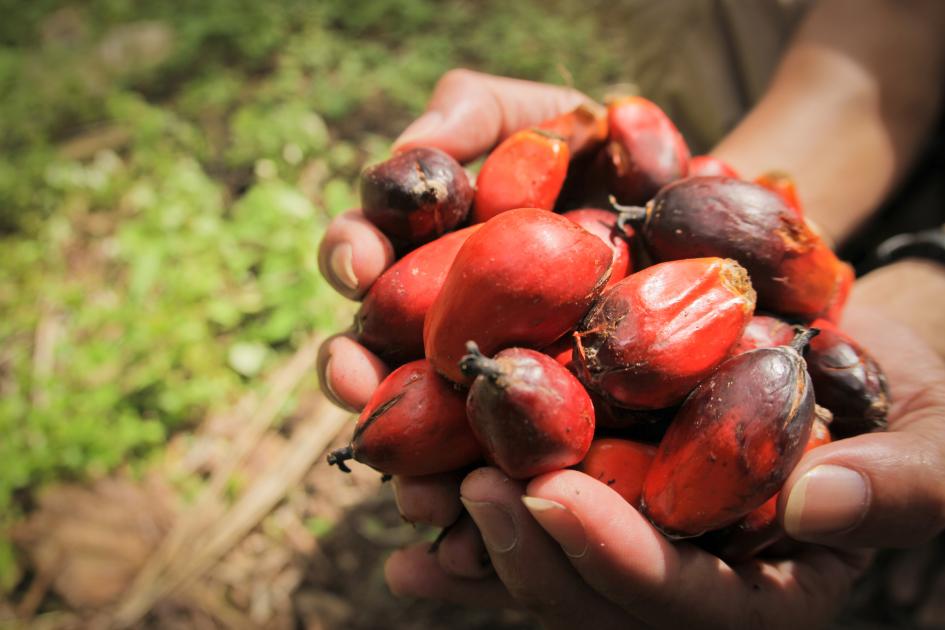
“One of the big things we’re looking at now is restoring these landscapes. Restoring them, maintaining them and potentially expanding them.” explained Dr. Slade.
However, while SAFE’s guidelines mostly focus on the big picture, that doesn’t mean that ordinary individuals like you and me cannot play our own parts.
Despite what some may assume, trying to boycott palm oil products isn’t going to help. Not only is it hard to find a product that doesn’t use palm oil, but many alternatives are environmentally just as bad, if not worse, in comparison.
Soy and rapeseed, for example, requires up to seven times as much land in order to produce a similar amount of oil compared to palm oil.
Instead, if you wish to support sustainable palm oil, one of the easiest methods is to only buy products that contain Roundtable of Sustainable Palm Oil (RSPO) certification. By doing so, we can encourage companies to be more transparent about the sourcing of palm oil and invest more in sustainable landscape initiatives.
Taking care of the environment doesn’t just involve throwing out our trash — it also means ensuring that the stuff we produce doesn’t cause harm to the environment around us. By making sure that palm oil plantations are set up in a sustainable and environmentally friendly manner, we can enjoy the economic benefits while preserving our natural environment for generations to come.

